-
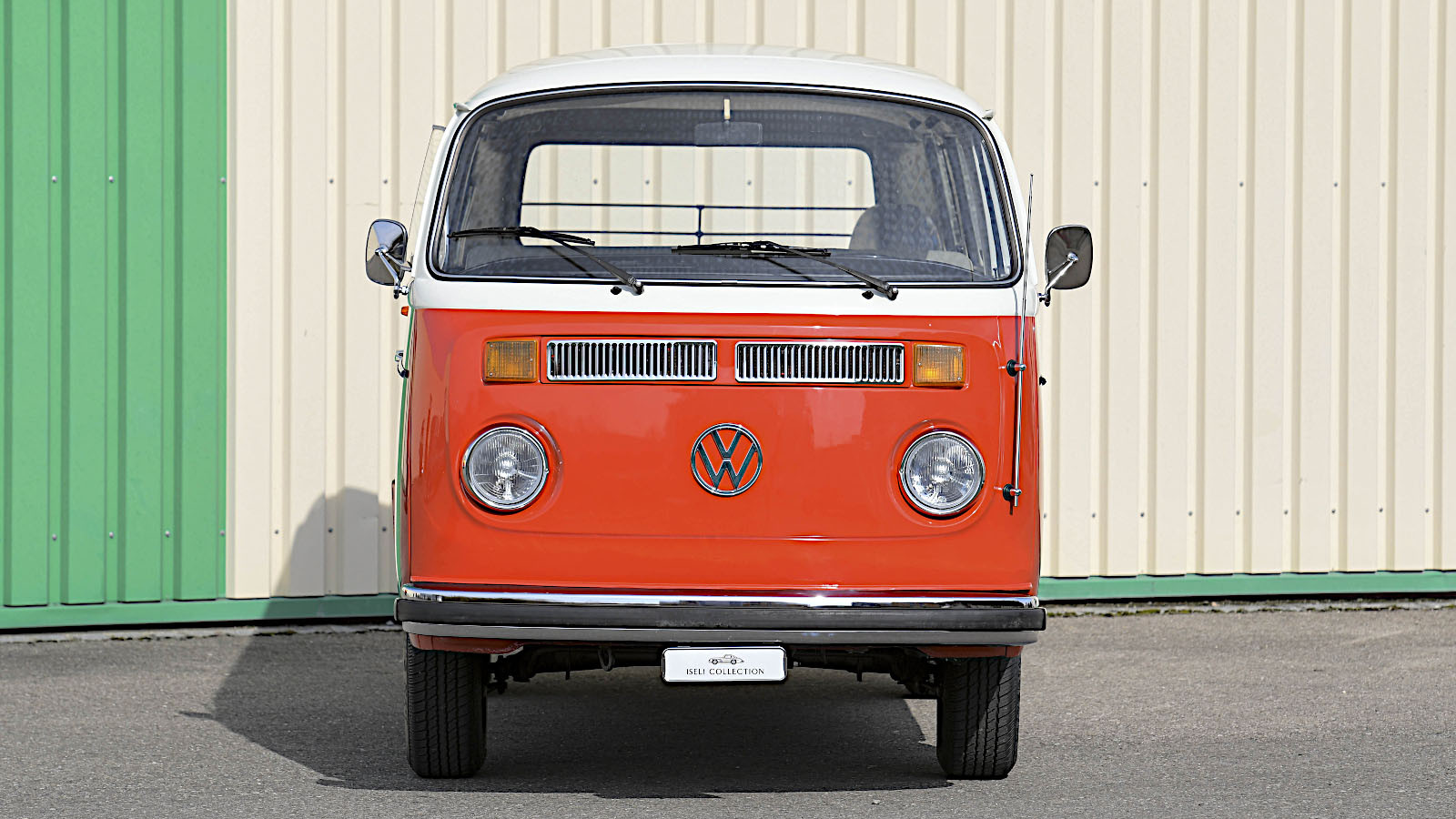 © Tom Wood/RM Sotheby’s
© Tom Wood/RM Sotheby’s -
 © Tony Baker/Classic & Sports Car
© Tony Baker/Classic & Sports Car -
 © Tony Baker/Classic & Sports Car
© Tony Baker/Classic & Sports Car -
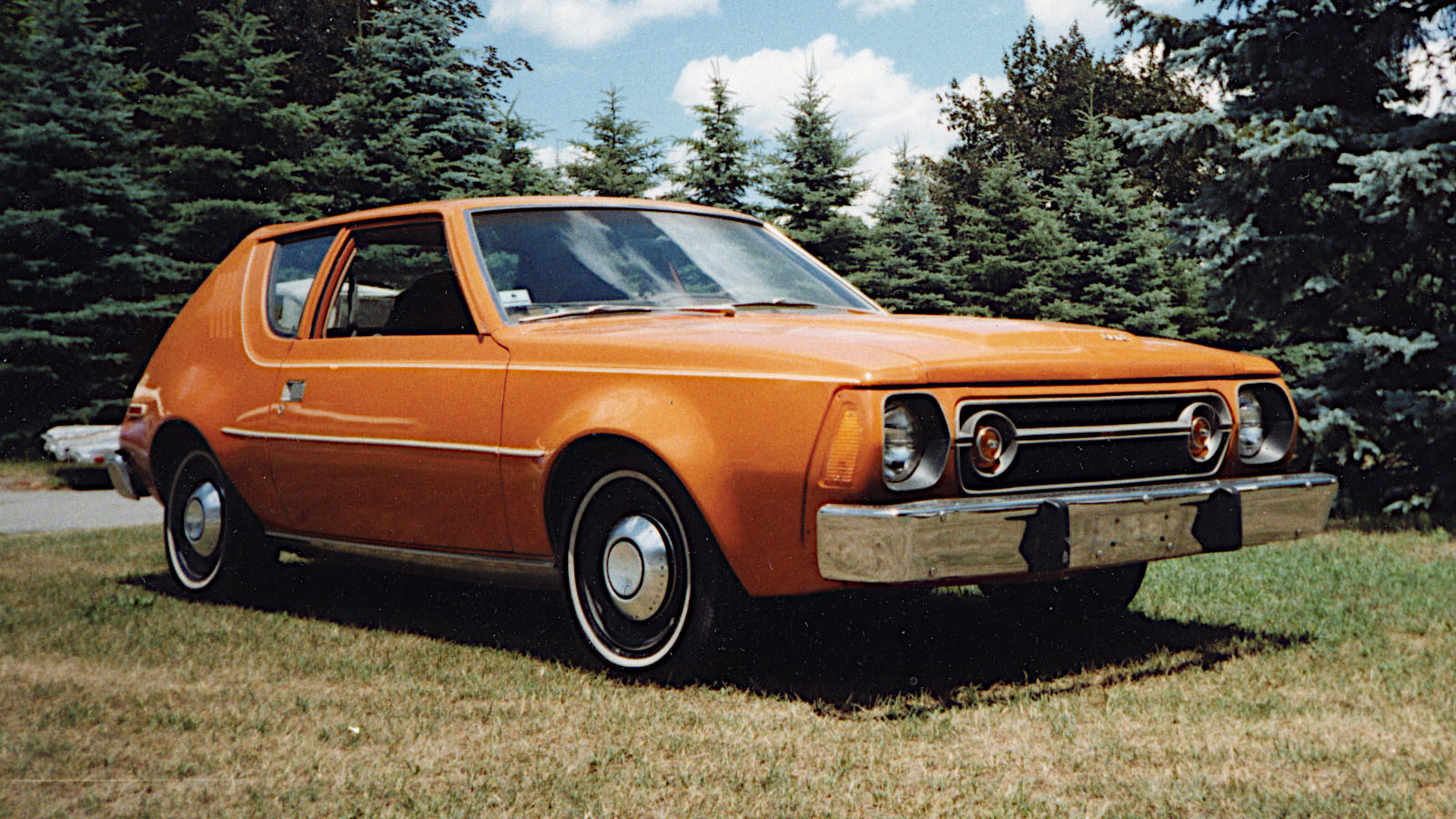 © RM Sotheby’s
© RM Sotheby’s -
 © Tony Baker/Classic & Sports Car
© Tony Baker/Classic & Sports Car -
 © James Mann/Classic & Sports Car
© James Mann/Classic & Sports Car -
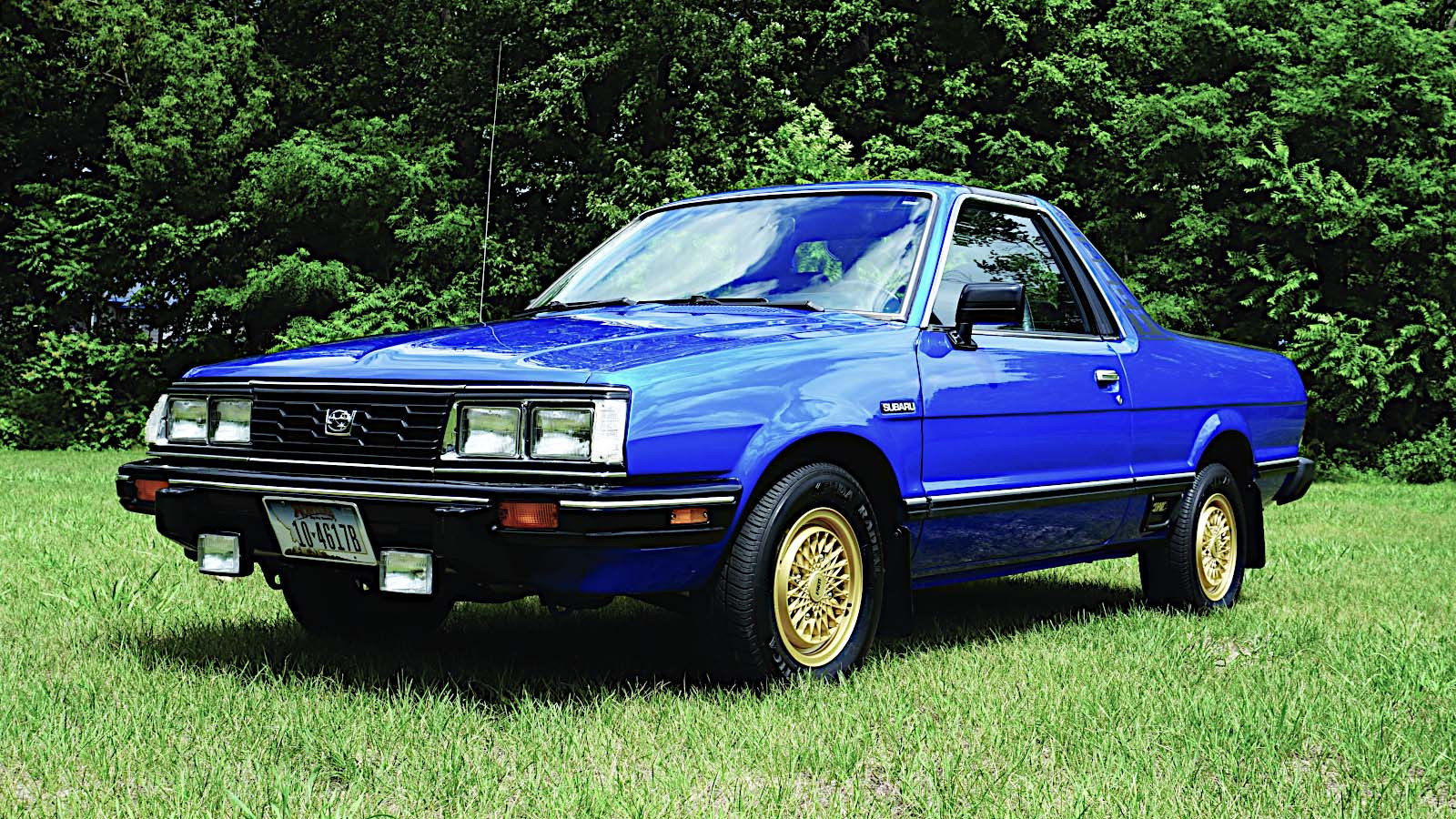 © RM Sotheby’s
© RM Sotheby’s -
 © Volvo
© Volvo -
 © Stellantis
© Stellantis -
 © GM
© GM -
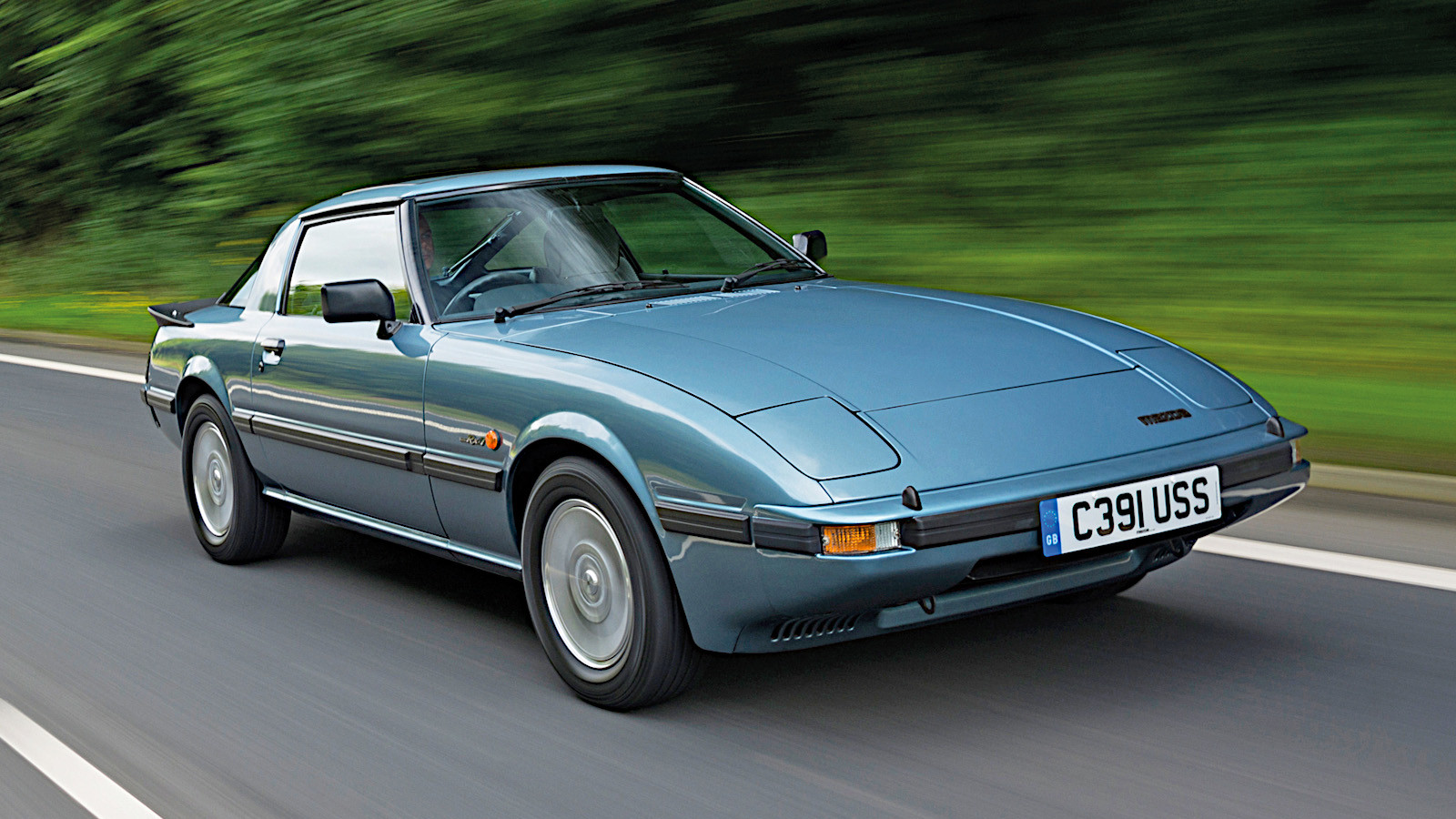 © Classic & Sports Car
© Classic & Sports Car -
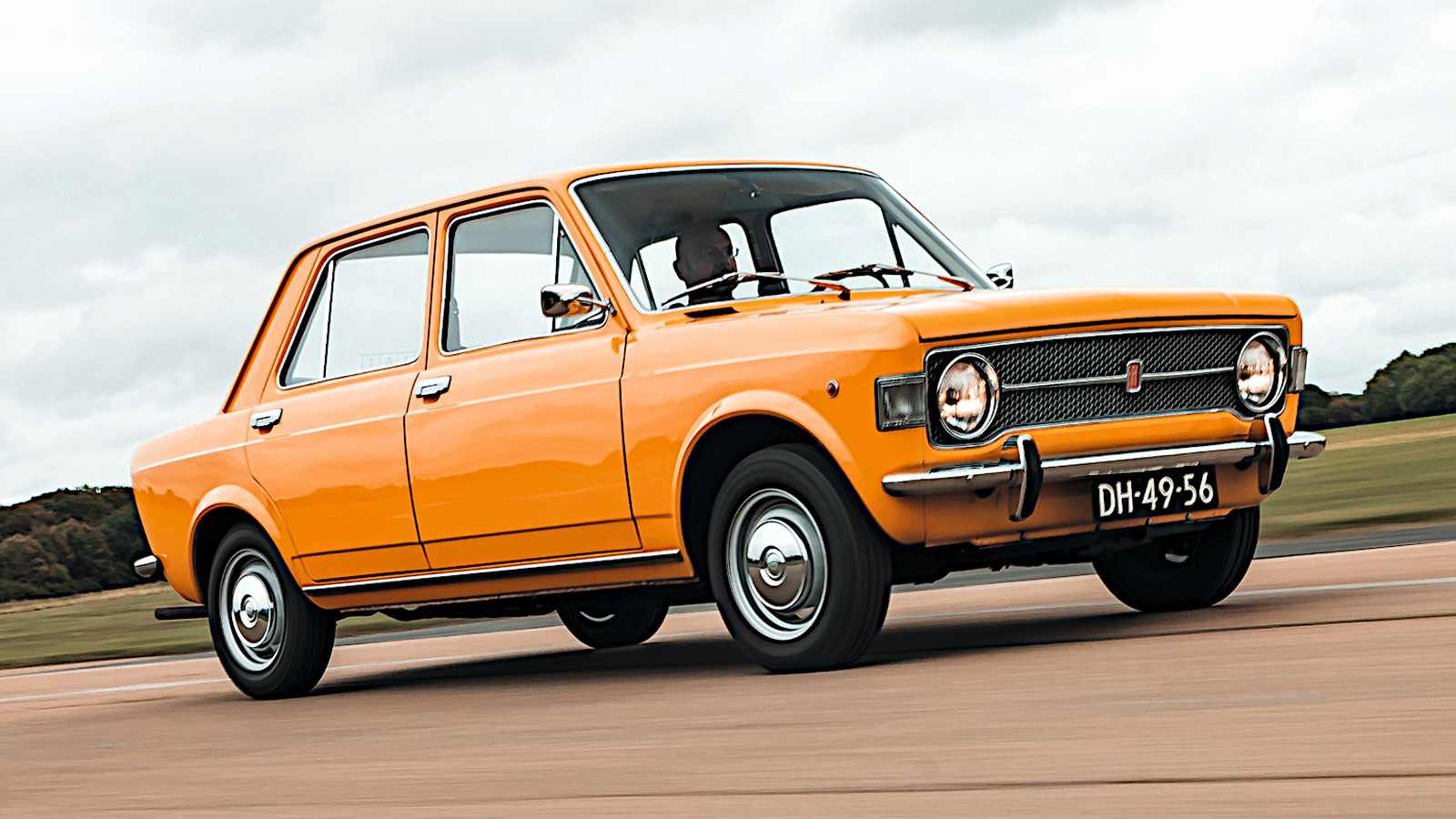 © Classic & Sports Car
© Classic & Sports Car -
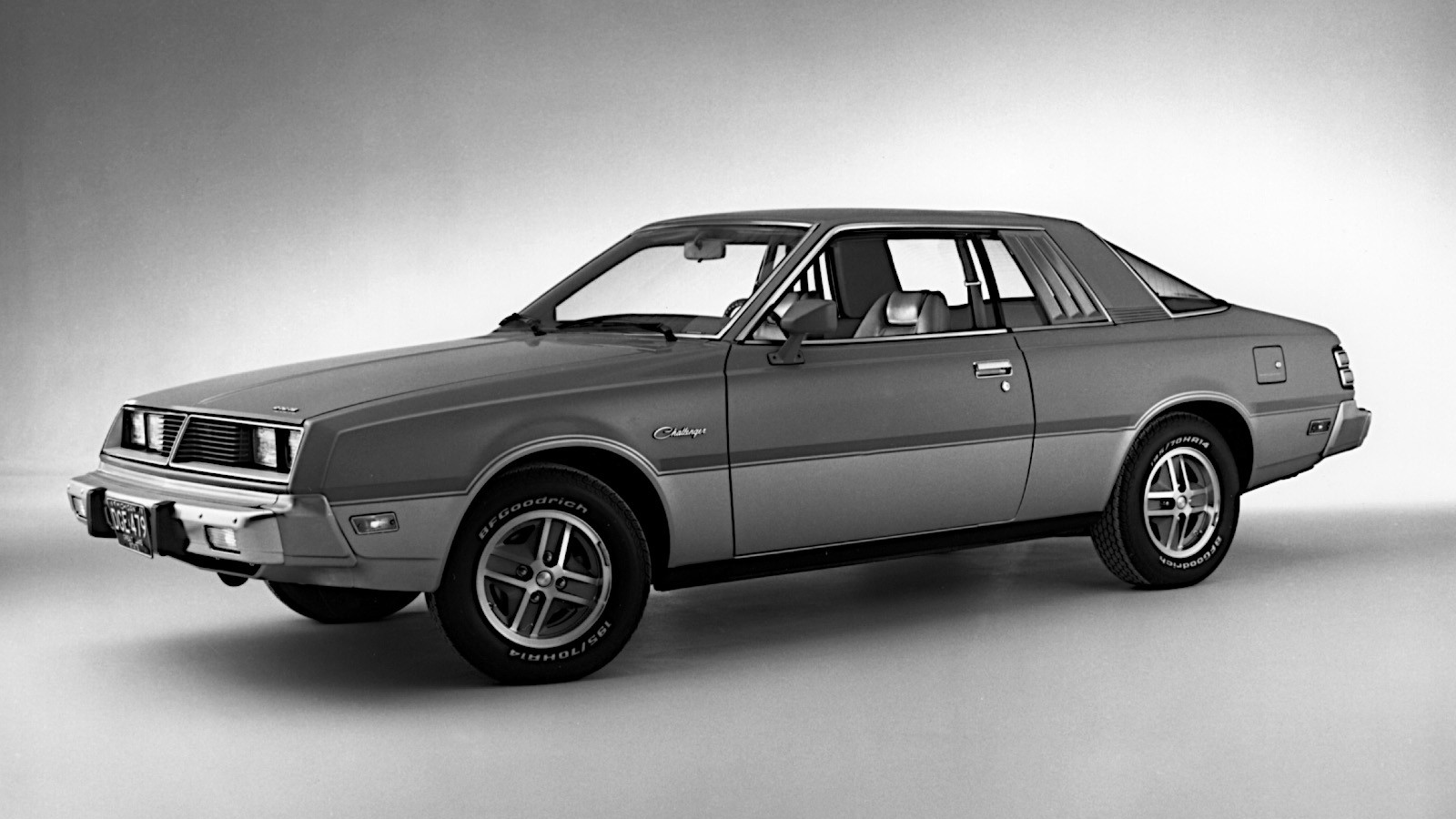 © Stellantis
© Stellantis -
 © Stellantis
© Stellantis -
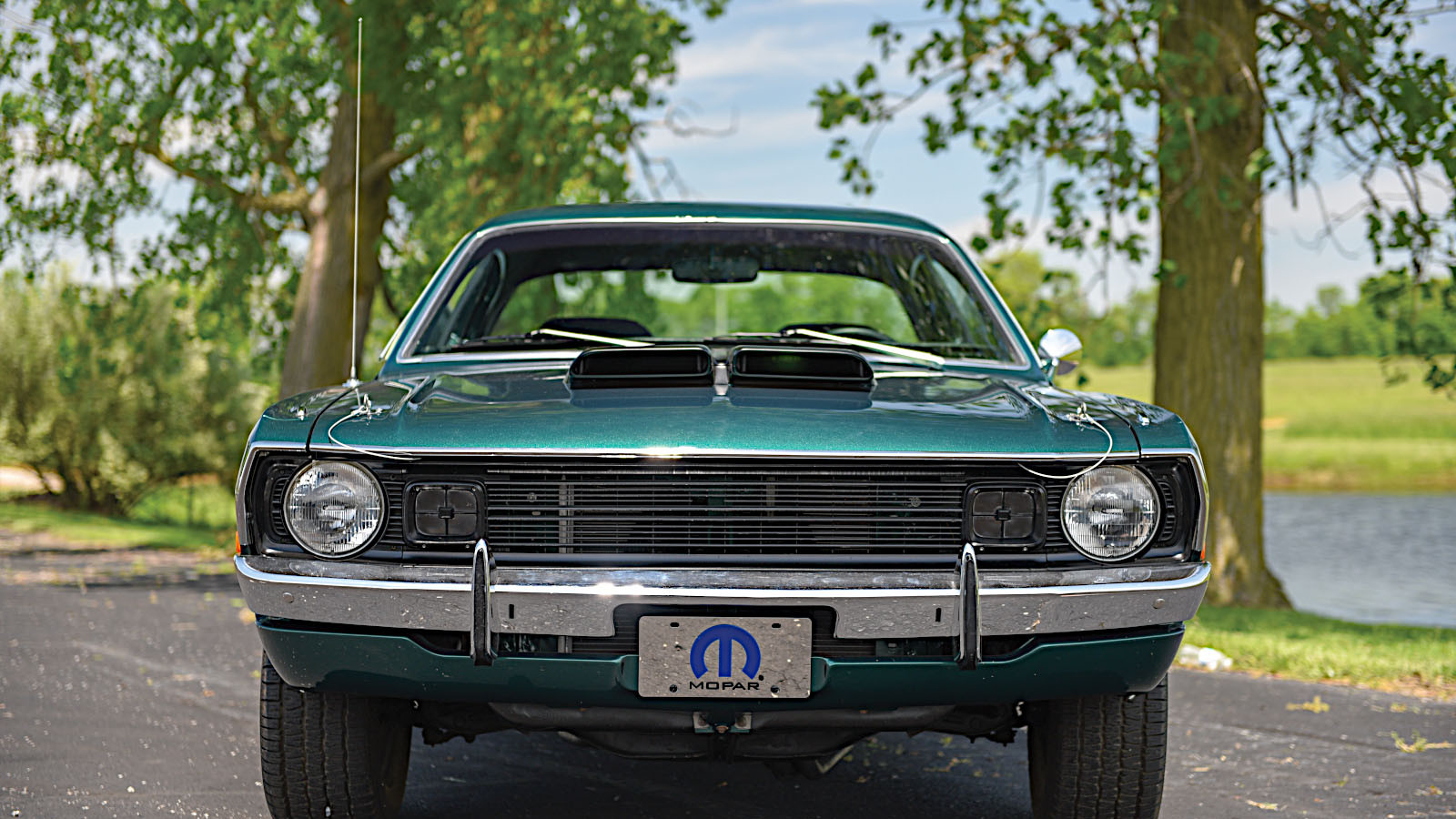 © Corey Escobar/RM Auctions
© Corey Escobar/RM Auctions -
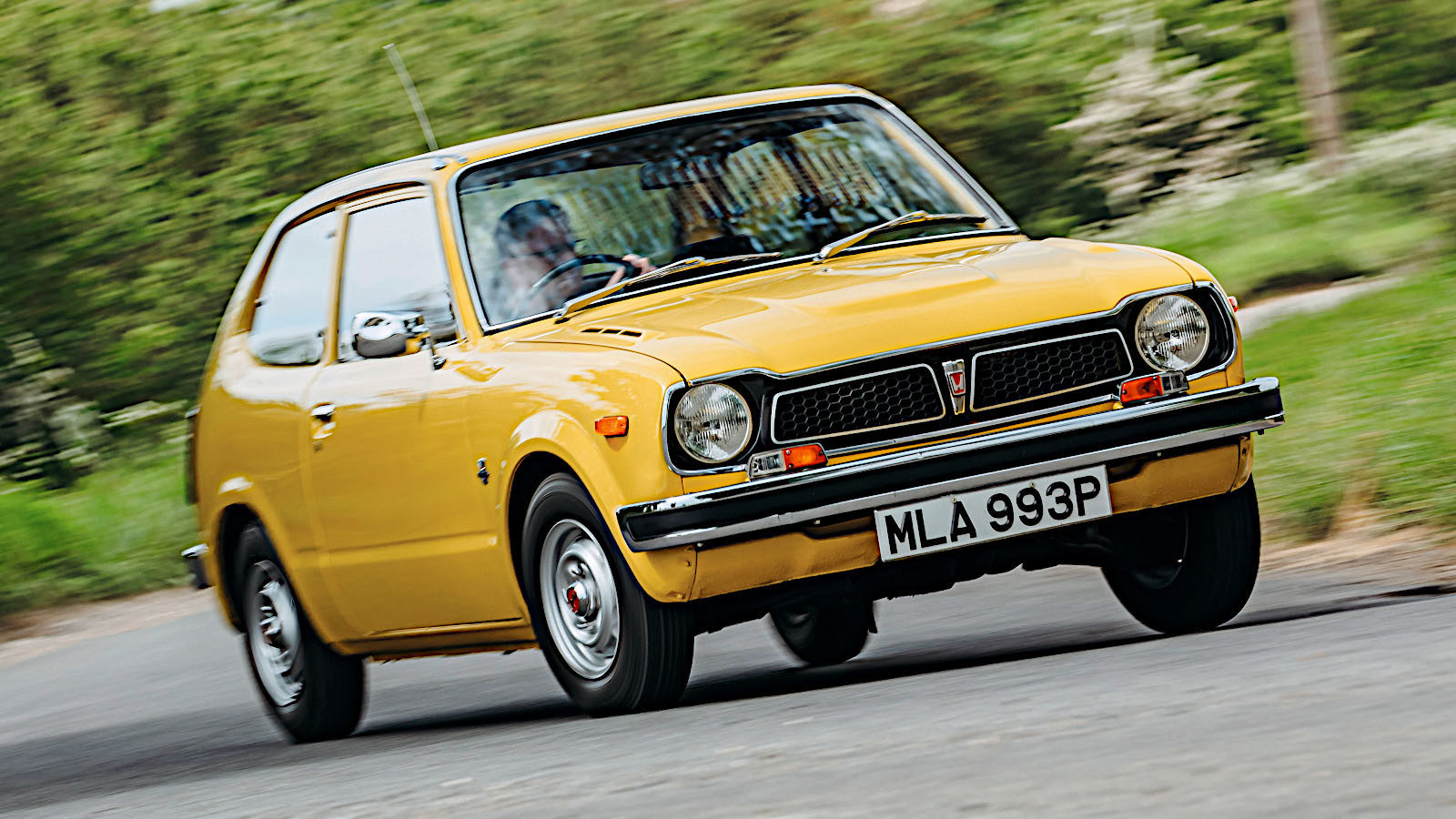 © Max Edleston/Classic & Sports Car
© Max Edleston/Classic & Sports Car -
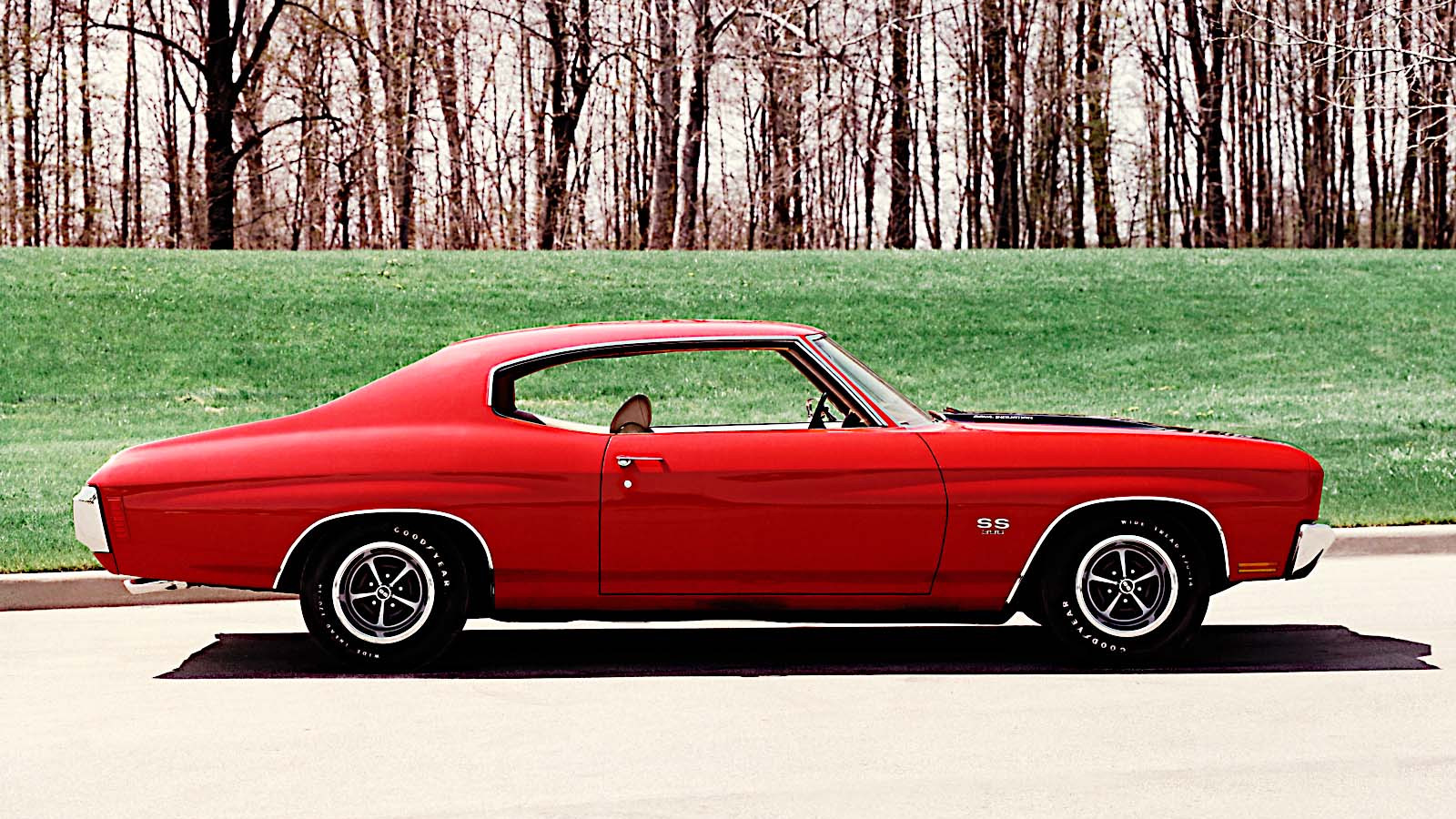 © GM
© GM -
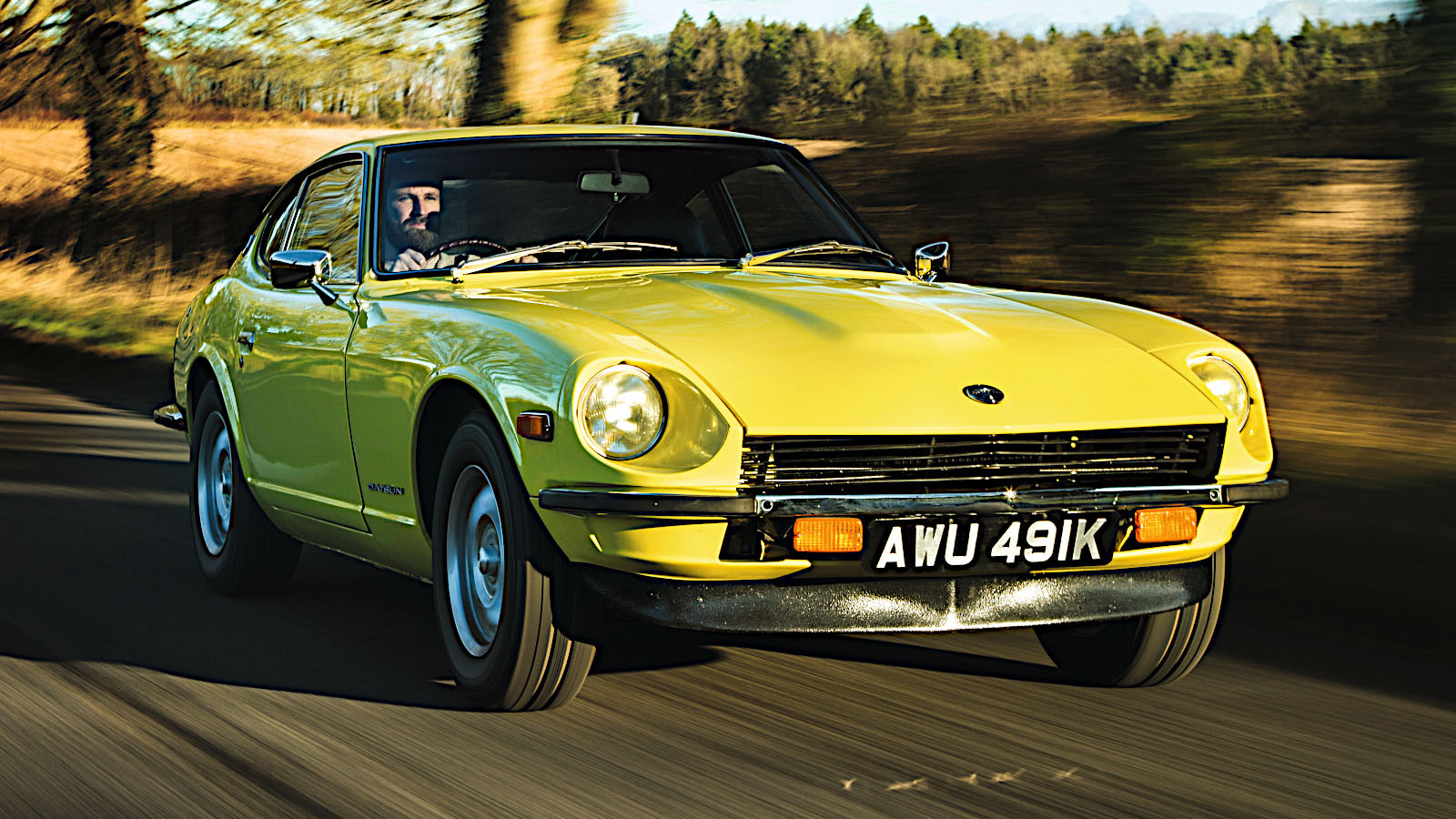 © Luc Lacey/Classic & Sports Car
© Luc Lacey/Classic & Sports Car -
 © Ford
© Ford -
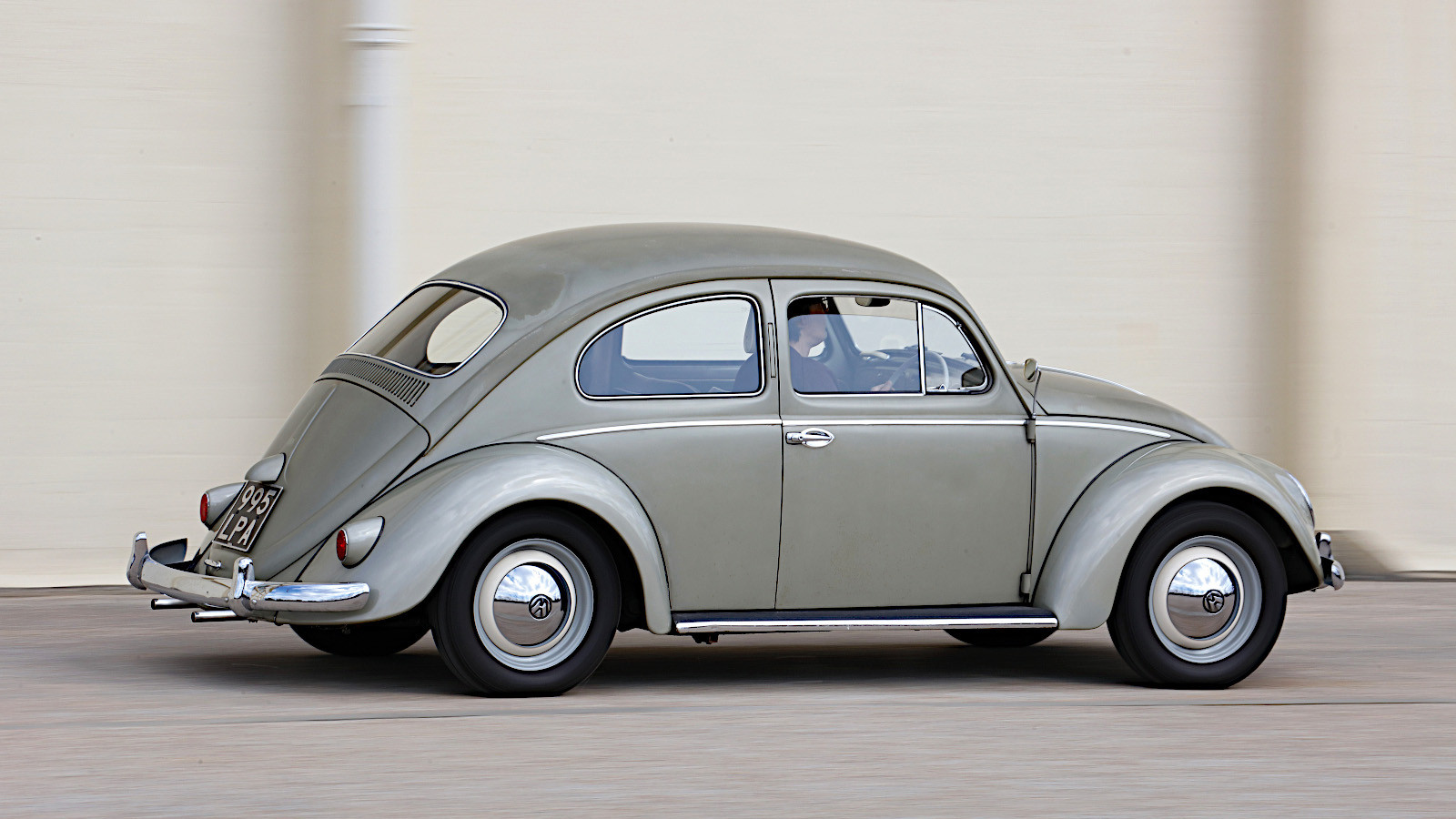 © James Mann/Classic & Sports Car
© James Mann/Classic & Sports Car -
 © Toyota
© Toyota
-
American dreamers
Throughout the 1970s, imported cars represented more or less a quarter of all those sold at dealerships in the USA.
Over the next 20 slides, we will be listing, in ascending order, the most popular of the imported brands, based on their total sales from 1970 to 1979.
We will occasionally be suggesting that a US marque selling a car to a US customer counts as an import, which will at first seem very strange.
In those cases, however, the cars were built outside the US – usually, though not always, in Canada.
All figures are taken or derived from Automotive Trade Statistics 1964-80, published in December 1981 by the United States International Trade Commission (USITC)
-
20. MG (294,730 cars)
The USA was an enormously important market for MG in the 1970s.
The British sports-car manufacturer did particularly well there with the MGB, which is widely regarded as having suffered from the changes made in 1974 to meet American safety regulations, but can also be said to have survived precisely because those changes were made.
Sales fell as production neared its end in 1980, but just three years before that MG found 34,794 customers, slightly more than the total achieved by fellow British Leyland marques Triumph and Jaguar combined.
Odd though it might seem now, MG reached the top 20 by easily outselling BMW, whose 1970s sales were a comparatively modest 223,243.
-
19. Audi (357,009 cars)
The identity of the most popular Audi among US buyers in the 1970s varied several times.
In 1973 it was the 100 LS (pictured), two years later it was the Fox – known elsewhere as the 80 – and in 1979 it was the 5000, as the second-generation 100 was called in this part of the world.
The USITC listed Audi and NSU together, but since only 689 NSU sales were recorded in the 1970s, none of them after 1972, that makes no difference to Audi’s position in this list.
-
18. AMC (362,795 cars)
Our first example of a US manufacturer exporting cars to US customers from Canada concerns American Motors Corporation’s Brampton Assembly plant.
This is not the same as the current Brampton Assembly, which AMC also created, and which was renamed from Bramalea after the original Brampton factory was closed in 1992.
During the 1970s, this first Brampton Assembly mostly produced Gremlins (pictured) and Hornets. It also built Jeeps later in the decade, but these do not appear to have been exported to the USA.
As we’ll see, other US marques sold more Canadian-built cars in their home country, but in this respect American Motors was well ahead of Buick, Lincoln, Mercury and Oldsmobile, none of which came within 150,000 of the AMC figure.
-
17. Mercedes-Benz (407,806 cars)
Mercedes-Benz sales in the USA more than doubled during the decade, rising from 25,055 in 1970 to 52,817 in 1979.
The USITC report did not list Mercedes cars separately until 1973, when the 300D (a diesel model in the range known as Stroke Eight, of which the 230 pictured here was another example) was not yet on sale.
Six years later, it was the dominant version, accounting for nearly half of all Mercedes sales in America, at 24,566 units.
This was a big jump from 17,254 the year before, possibly explained by the fact that the 1979 oil crisis, and consequent rising fuel costs, suddenly made economical diesel cars seem very appealing.
-
16. Opel (415,123 cars)
Nearly all of the above figure can be accounted for in sales from 1970 to 1975, after which only 4331 Opels found homes in the USA.
The cars were built at factories in Belgium and what was then known as West Germany, and were never more successful in the decade than they were in 1971, when 88,534 were sold.
Opels available during this period included the Manta (pictured), the Ascona (marketed in the US as the 1900) and the very attractive little GT coupé.
We’re resisting the temptation to include a slightly later Opel which, though derived from the Kadett, was in fact an Isuzu Gemini rebadged as a Buick.
-
15. Subaru (507,059 cars)
Subaru’s career in the US began disastrously in 1968 with imports of the 360 kei car, already a decade old and completely unsuited to American driving conditions.
Later models were unorthodox, too, but somehow such peculiar features as horizontally opposed, four-cylinder engines, front-wheel drive and, later, four-wheel drive, caught the public imagination.
There was particular affection for the BRAT pick-up (pictured), which was unusual among Subarus in that, although it was built in Japan, it was never officially sold there.
From one end of the decade to the other, and from a starting point of just 5591 units in 1970, over half a million Subarus were sold, more than a quarter of them (127,871) in 1979 alone.
-
14. Volvo (513,850 cars)
After a period of growth in the previous decade, Volvo settled down in the 1970s, averaging just over 50,000 US sales per year.
Fluctuations were inevitable, but not alarming – the numbers were kept within a narrow range, the lowest being 43,887 in 1976 and the highest 60,761 in 1973.
Other Volvos were available, but most sales were probably accounted for by the 140 series (142 pictured), and later 200 series saloons and estates.
Despite the lazy stereotype that American drivers favoured performance over economy in the 1970s, Volvos with four-cylinder engines were far more popular during this period than those with straight-sixes.
-
13. Plymouth (519,542 cars)
Until 1975, Plymouth Valiants, Dusters (pictured) and Scamps were all built at Chrysler’s factory in Windsor, Ontario, five miles from the nearest part of Detroit and, in the period we’re interested in, 473,203 were exported to the US.
The remaining 46,339 cars in the overall figure, just under 9% of the total, were built not at Windsor in Canada, but in the UK, where they were known as Hillman Avengers.
Rebadged as the Plymouth Cricket, the model was a flop in North America, where it was sold only from 1971 until 1973.
These figures do not include Mitsubishis imported from Japan and sold as Plymouths, which we will deal with later.
-
12. Pontiac (521,385 cars)
Pontiacs were built throughout the decade at Oshawa Car Assembly, Ontario, which still exists today, and Sainte-Thérèse Assembly in Quebec, which closed in 2002.
Both facilities also manufactured cars sold by the other General Motors brands, and the number of Pontiacs sent from there to the US each year varied wildly throughout the decade.
In 1970, there were 41,074. The number fell to below 10,000 in both 1974 and 1975, then shot up to 163,145 in 1979.
The Astre (pictured), Pontiac’s version of the Chevrolet Vega, was not only built in Canada but initially sold nowhere else, until it was introduced to the US market for the 1975 model year.
-
11. Mazda (621,377 cars)
Until a global fuel crisis and increasingly stringent exhaust emissions rendered them suboptimal, rotary-engined Mazdas were very popular in the USA, accounting for 96,641 of the marque’s 104,979 sales in 1973.
By 1979, when sales had bounced back after a dramatic fall and were now up at 156,138, the engine mix was a lot more even.
The rotary-powered RX-7 (pictured) had just been introduced, and was doing very well, but Mazda’s top seller that year was the GLC, known in other markets as the 323 or Familia.
The larger Mazda 626 was new to the market that year, and would become a significant player in 1980.
-
10. Fiat (632,231 cars)
As might be expected, Fiat was by far the most popular Italian car maker in the US during this period, outselling Alfa Romeo by nearly 17 to one.
In its analysis, the USITC counted Ferraris as Fiats, but since there were only a few hundred of those per year, they did not make a significant difference to the figures.
Models were listed separately from 1973 onwards, and in the next two years the Fiat 124 achieved more than 32,000 sales, though the real money-maker was the 128 (pictured), which reached 55,487 in 1975.
For some reason, the USITC included the X1/9 sports car in the 128 statistics, but it seems safe to assume that the 128 was doing the heavy lifting here.
-
9. Mitsubishi (642,821 cars)
One of the methods used by the USITC to compile its report makes this entry in our list an unfortunate anomaly.
Nearly 650,000 Mitsubishis were indeed imported to the US in the 1970s, with sales rising very quickly from 28,381 in 1971 to 138,053 in 1979.
However, they were all brought into the country by Chrysler, which renamed them – so, among other examples, the second-generation Dodge Challenger (pictured) and the Plymouth Sapporo were both Mitsubishi Galants with different badges.
There is no indication of how the sales were split among the Chrysler brands, so we are lumping all the cars together here, even though Mitsubishi did not enter the US market under its own name until the following decade.
-
8. Chrysler (695,908 cars)
This is largely the story of the first-generation Chrysler Cordoba.
Production of the new ‘junior’ Chrysler took place entirely at the Windsor Assembly Plant in Ontario, Canada, where it completely replaced that of all Plymouth models in the second half of the decade.
In both 1975 and 1976, Cordobas accounted for most of the 170,000-plus Canadian Chryslers sold in the US.
Thereafter, the model’s popularity diminished rapidly, and in 1979, the year before the original Cordoba was replaced by an even-less-successful one, exports fell to just 81,388.
-
7. Dodge (739,197 cars)
Dodge appears higher up this list than any other Chrysler brand, though not for a particularly dramatic reason.
While Plymouths emerged from the Windsor Assembly Plant mostly in the first half of the decade, and Chryslers mostly in the second, Dodges were manufactured there in every year.
There was, however, a substantial decline in their exports to the USA, from 156,050 in 1970 (when the fourth-generation Dart, pictured, was very popular) to just 23,813 in 1979.
As previously mentioned, Dodge-branded Mitsubishis are not included in this figure.
-
6. Honda (1,220,362 cars)
The USITC did not give sales figures for individual Honda models until 1976.
In that year, the Civic was easily the most popular, but in 1979 it was about level with the Accord, both cars finding more than 150,000 US customers.
With extra help from the new Prelude, Honda’s American exports amounted to 353,291 units in the last year of the decade, having been just 4159 in the first.
-
5. Chevrolet (1,688,290 cars)
The most popular General Motors brand was also the one imported back into its home country in the greatest numbers.
The Canadian GM factories at Oshawa, Ontario and Sainte-Thérèse, Quebec both produced many Chevrolets throughout the 1970s, including the very popular Chevelle (SS 396 pictured).
Combined US exports through the decade were arch-shaped, starting at 85,551 in 1970 and finishing at 80,995 in 1979.
In the mid-point year of 1974, they were a great deal higher at 235,975, a figure beaten during this period by only one other manufacturer operating in Canada.
-
4. Datsun (2,260,923 cars)
In terms of exporting to the US, Datsun began the decade on a high note, smashing its own record of 60,872 sales in 1969 with 104,067 just one year later.
Even this must have seemed paltry in 1979, when the figure surged to 463,910.
The exciting Z cars (240Z pictured) outsold most of the conventional models, with the startling exception of the 210, known in other markets as the Nissan Sunny.
In 1979, 214,696 Americans bought 210s, making this car alone more popular than all Datsuns combined had been just four years before.
-
3. Ford (2,899,618 cars)
The great majority of Fords exported to the US in the 1970s were built in Ontario, Canada, where the company had facilities at Windsor, St Thomas and Oakville.
In 1972, 333,234 of these cars were sent across the border, the highest annual figure for any American brand during the decade.
The total shown above includes 194,803 Fiestas and 10,973 Cortinas, but none of the 464,669 Capris imported from Germany, since they were not branded as Fords on the other side of the Atlantic.
If we were listing manufacturers rather than marques, we would include the Capris, along with the 208,602 Lincolns and Mercurys built in Canada and sold in the US, which would bring the total to 3,572,889 and put Ford Motor Company in the number one position.
-
2. Volkswagen (3,030,464 cars)
Volkswagen’s 569,696 US sales in 1970 were unequalled either by VW itself or by any other imported manufacturer for the rest of the decade.
Of that, 405,615 were accounted for by the Type 1 (mostly the Beetle, though the Karmann Ghia and Thing made small contributions), while the larger Type 3 and the Type 2 Kombi/Microbus etc made up the rest.
The situation soon changed. In 1979, the Type 3 was gone, the Types 1 and 2 were shadows of their former selves, the Dasher (Passat) and Scirocco were performing at about the same level as MG, and the Rabbit (Golf) had fallen badly after a brief flash of popularity.
VW’s total of more than three million across the decade was the second best of any brand, but the company had got more than halfway there by the end of 1972.
-
1. Toyota (3,362,084 cars)
With 9,047,368 cars to Canada’s 7,621,312, Japan was by far the most prolific of the exporting countries across the decade, and the only one to sell more than one million in a single year, as it did three times in a row from 1977 to 1979.
Toyota was responsible for more than a third of this performance, and performed best in 1979, when its US sales were a phenomenal 496,229.
A huge 274,934 of the cars it sold that year were Corollas (pictured), though by the standards of almost every other imported model the Celica was also exceptionally popular in the USA at 172,815.
The company’s closest Japanese rival, in US export terms, was Datsun, but Toyota was always ahead by more than 20,000 in any single year, and by in excess of 100,000 in several.
We hope you enjoyed this gallery. Please click the ‘Follow’ button above for more super stories from Classic & Sports Car.
